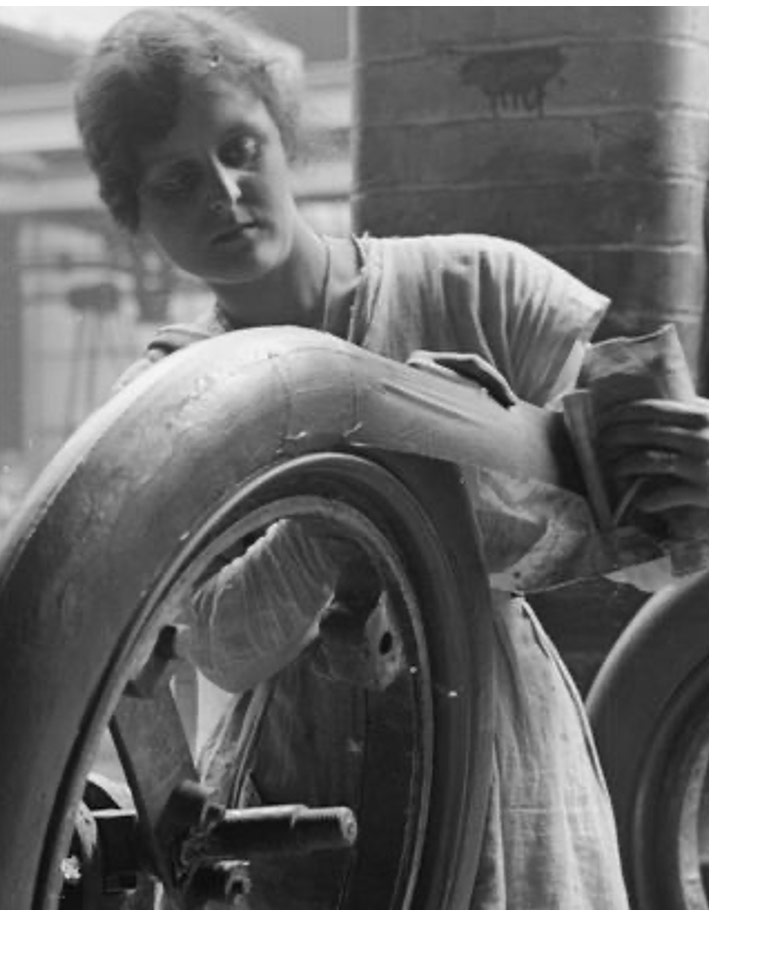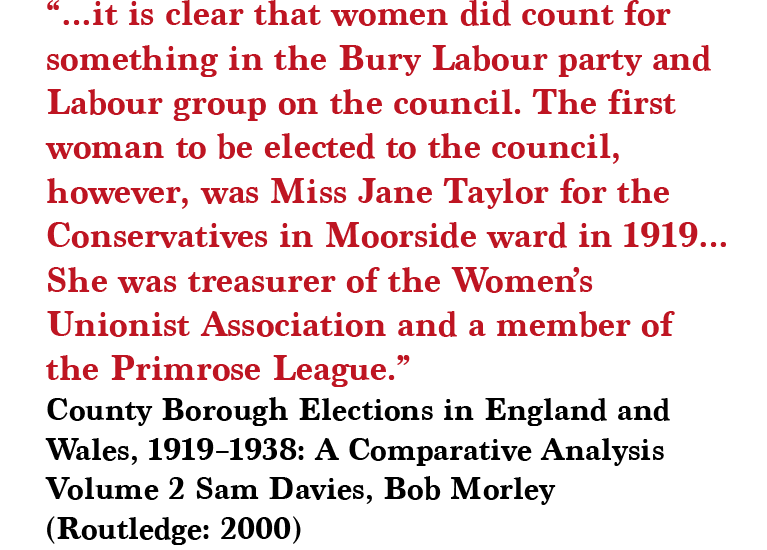
The Power of Women’s Role in WWI
Bury Suffragist: Miss Openshaw’s Scrapbook
It was quite a challenge to allocate the Bury group a suffragist figure to focus on. There is evidence of strong female political involvement in Bury once some women received the vote in 1918. Bury had the highest proportion of women standing to be Labour councillors compared other boroughs.
There were not, however, great deals of evidence of specific suffragist campaigners within the borough in the build up to Representation of the People’s Act 1918. Bury Art Museum, however did have an exhibition of Miss Openshaw’s Scrapbook. In the book, Miss Openshaw details the different ways women worked and volunteered during World War I. Despite equal suffrage groups suspending their campaigns, the impact women working in munitions factories, farms and as nurses implicitly elevated their cause. This was given as the main justification by political figures for some women being awarded the vote after WWI ended. As the Prime Minister, Lloyd George stated: .
"If it had not been for the splendid manner in which the women came forward to work in hospitals, in munition factories, on the land, in administrative offices of all kinds, and in war work behind the lines, often in daily danger of their lives, Great Britain and, as I believe, all the Allies would have been unable to withstand the enemy attacks during the past few months. For this service to our common cause humanity owes them unbounded gratitude." The Guardian archive, 22 August 1918: David Lloyd George on women and the war.
Useful Links

- Why women won greater political equality by 1928
- Women and the First World War
- David Lloyd George on women and the war
(We take no responsibility for links to external websites. We have no control over the nature, content and availability of external sites. The inclusion of any links does not necessarily imply a recommendation or endorse the views expressed within them.)
